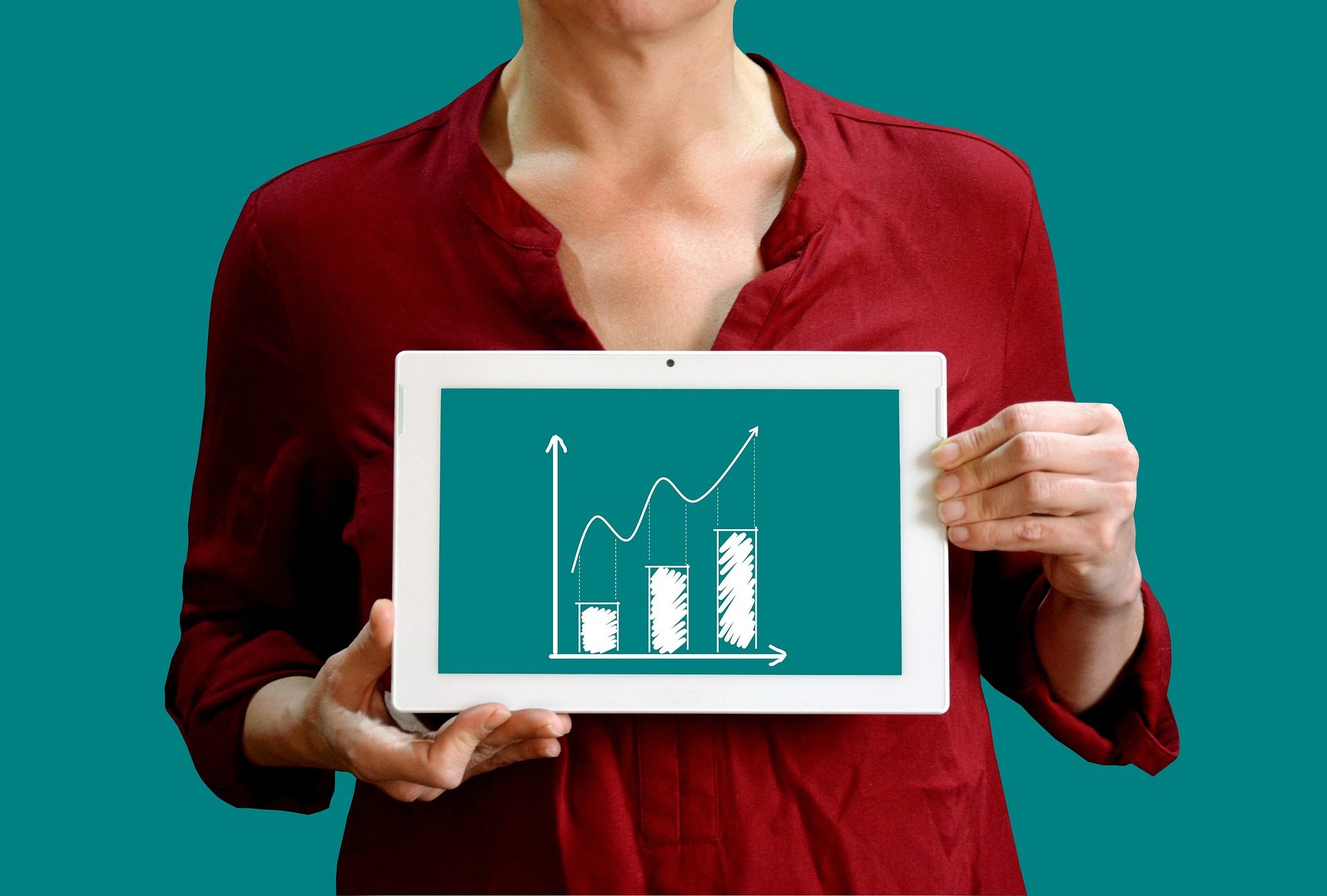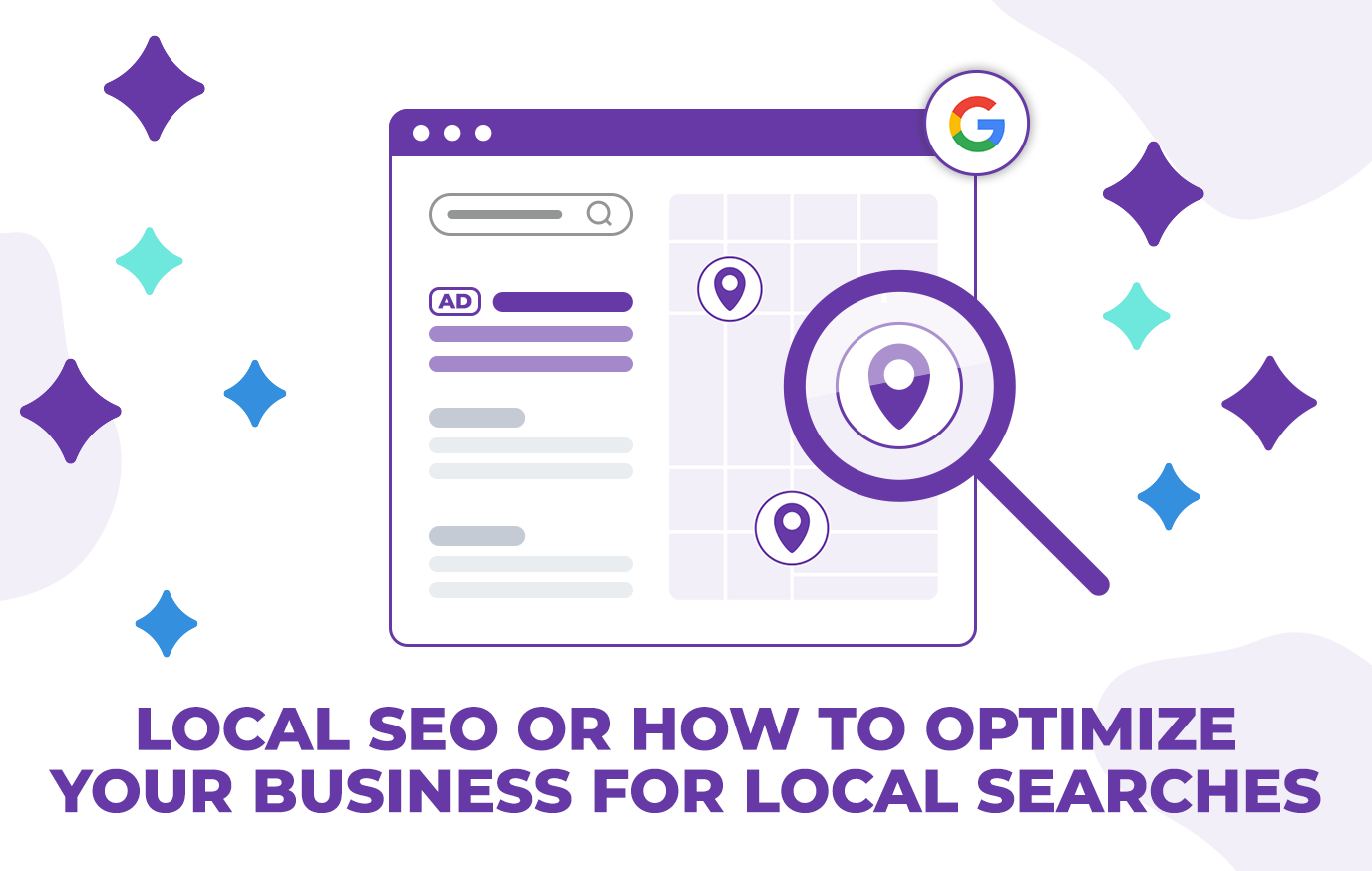
You can blame your failures on competitors who dump the market, leads who don’t understand what they are missing by refusing to buy, the crisis or Mercury Retrograde. But if you are constantly faced with rejections or the level of sales got stuck in one place, it’s time to figure out what the reason is.
We have collected seven common reasons on the part of marketing and sales departments that make people avoid your products or cancel the purchase at the last stages.
1.You try to sell to everyone at once
How carefully do you approach targeting? Are you working with an audience that really needs your product and can afford it? Or are you just trying to sell to anyone who has shown even the slightest interest? According to research, at least 50% of leads do not correspond to the target audience. Narrowing the focus of the audience can be very effective, because effective sales are built on quality, not quantity.2.You do not know how to work with objections
According to Marketing Donut, a British community of small business owners, 92% of salespeople give up after four rejections from potential customers. At the same time, 80% of buyers often say “yes” only to the fifth offer of the sales manager. Learn to distinguish real objections. For example, a buyer may be ashamed to admit that your prices are too high for him. In this case, he will rather say that he is not satisfied with the payment format or the color of the fabric. If you understand the real motives of the refusal, the chances of selling will increase: you can find convincing arguments, close the “pains” of the potential buyer and successfully sell him a product or service.3.You do not offer convenient online payment options
Many companies have already realized that pandemics are not an obstacle to sales if they are rebuilt in time and correctly. Businesses are moving their activities online, because that is where most buyers now “live”. The main selection criterion is the minimum amount of commission and the ability of the buyer to choose a convenient payment method. According to a study by the American fintech company Blackhawk Network, 76% of buyers cite ease of payment as one of the reasons for their loyalty to the brand. After placing an order, the customer needs to be offered a way to make an online payment. Here are the most common options for implementing the functionality:- Form on the site. It looks like a “pay” button – this is the best option for a landing page. After clicking on the button, the client fills in the widget and chooses the method of money transfer.
- Integration with payment services. A popular option for online stores. The customer can proceed to payment after adding the product to the cart. After placing an order in the cart, a payment button appears in front of the customer. By clicking it, the customer will see the composition and amount of the order. After the payment is made, the customer is returned to the cart page, receives a message that the transaction has been completed, and the owner of the online store sees the status of the order in the admin area of the site.
- Generation of payment links. The seller can generate a link to pay for the order and send it to the customer in any convenient way. When clicking this link, the customer gets to the page with the “pay” button, which displays the composition and amount of the order. Convenient payment method in case of messengers.
4.You do not create a sense of urgency to buy
If a person sees no reason to buy now, the deal will most likely never happen. “Hot offer – the discount expires in 24 hours!”, “This collection is limited, only 32 products left!”, “Free shipping – the offer is valid for only 12 hours!”, “One size left!” – this is FOMO-marketing in action. FOMO (Fear of Missing Out) is a psychological phenomenon that marketers play on to “hurry” the consumer and make him think that there will be no second chance to buy a product profitably. The first study on FOMO was published in 2004 by financier and Wall Street investor Patrick McGinnis. In his study, he analyzed the behavior of millennials and concluded that they are afraid to miss events attended by their friends – parties, concerts, conferences, etc. In addition, young people do not miss the opportunity to be in trend. Now adult millennials have become active consumers. They are driven by two motives – to buy urgently and to buy with profit. The latest FOMO trends are evidenced by OptinMonster and TrustPulse data:- 60% of millennials make a purchase decision under the influence of FOMO – usually within 24 hours.
- It is social media users who actively interact with FOMO – 56%.
- In 72% of cases, brands use Facebook for FOMO marketing campaigns, Instagram – in 14%, Twitter – in 11% and Pinterest – in 8% of cases.
- FOMO is more often experienced by online users with an annual family income of more than $75 thousand.









